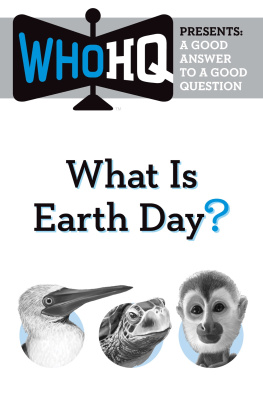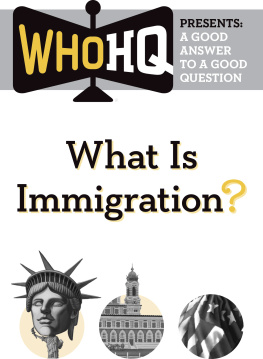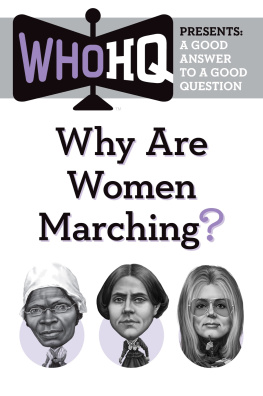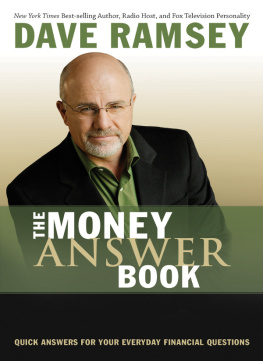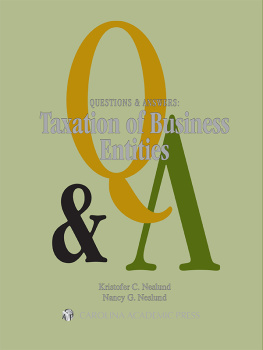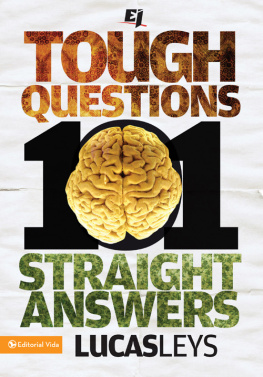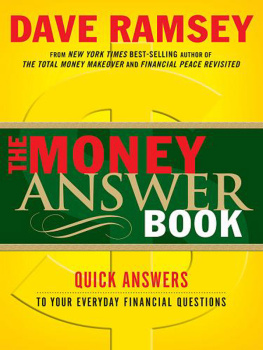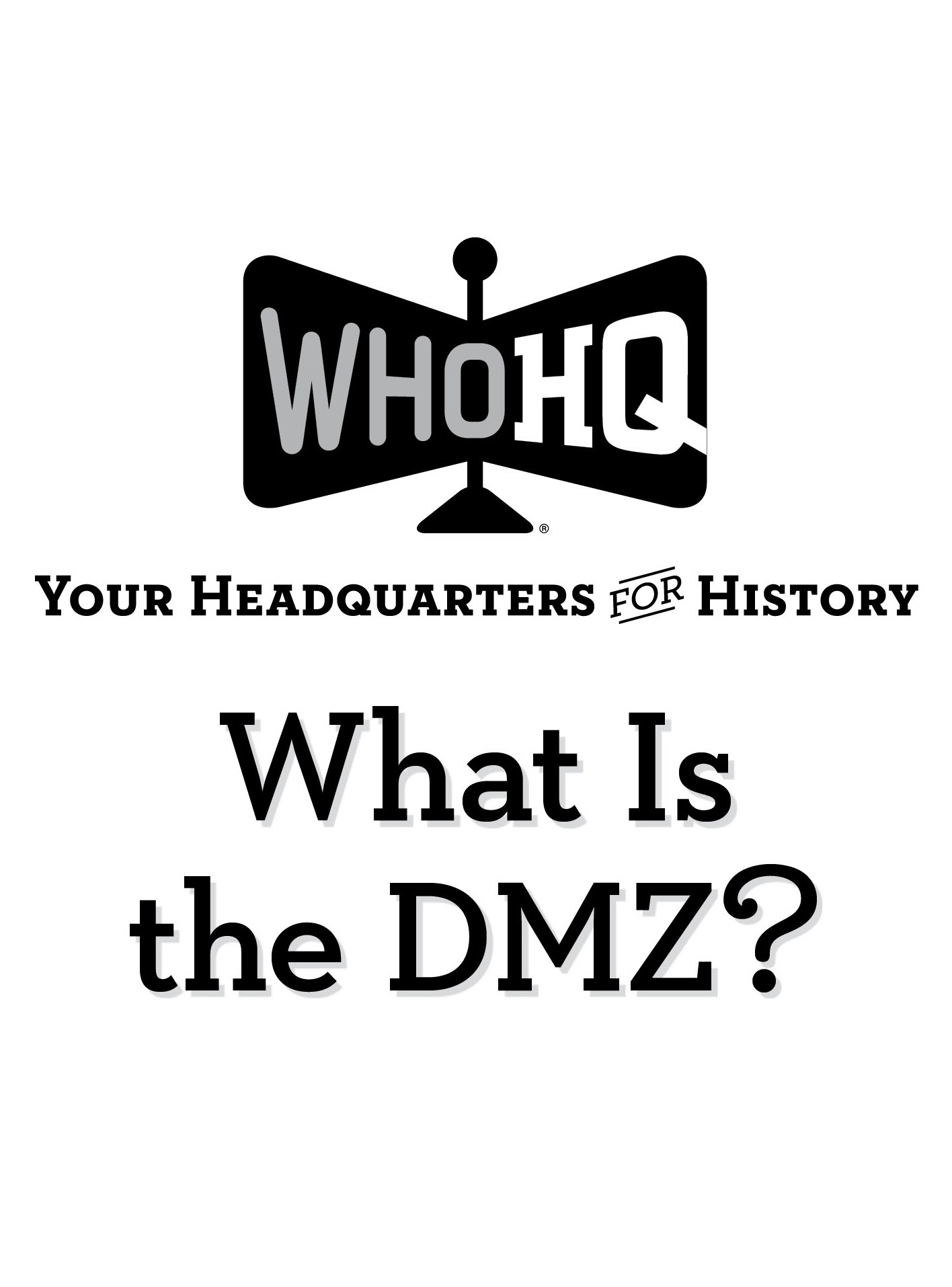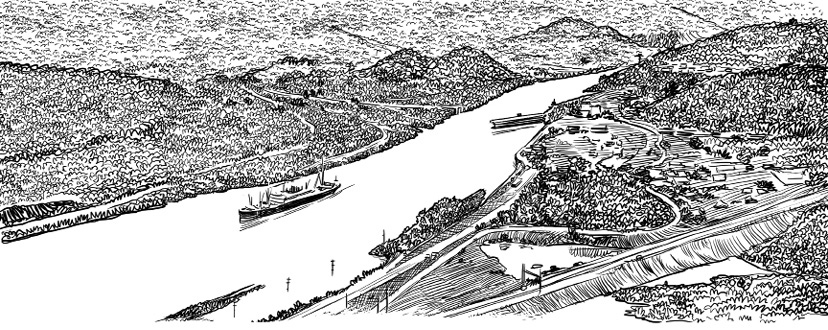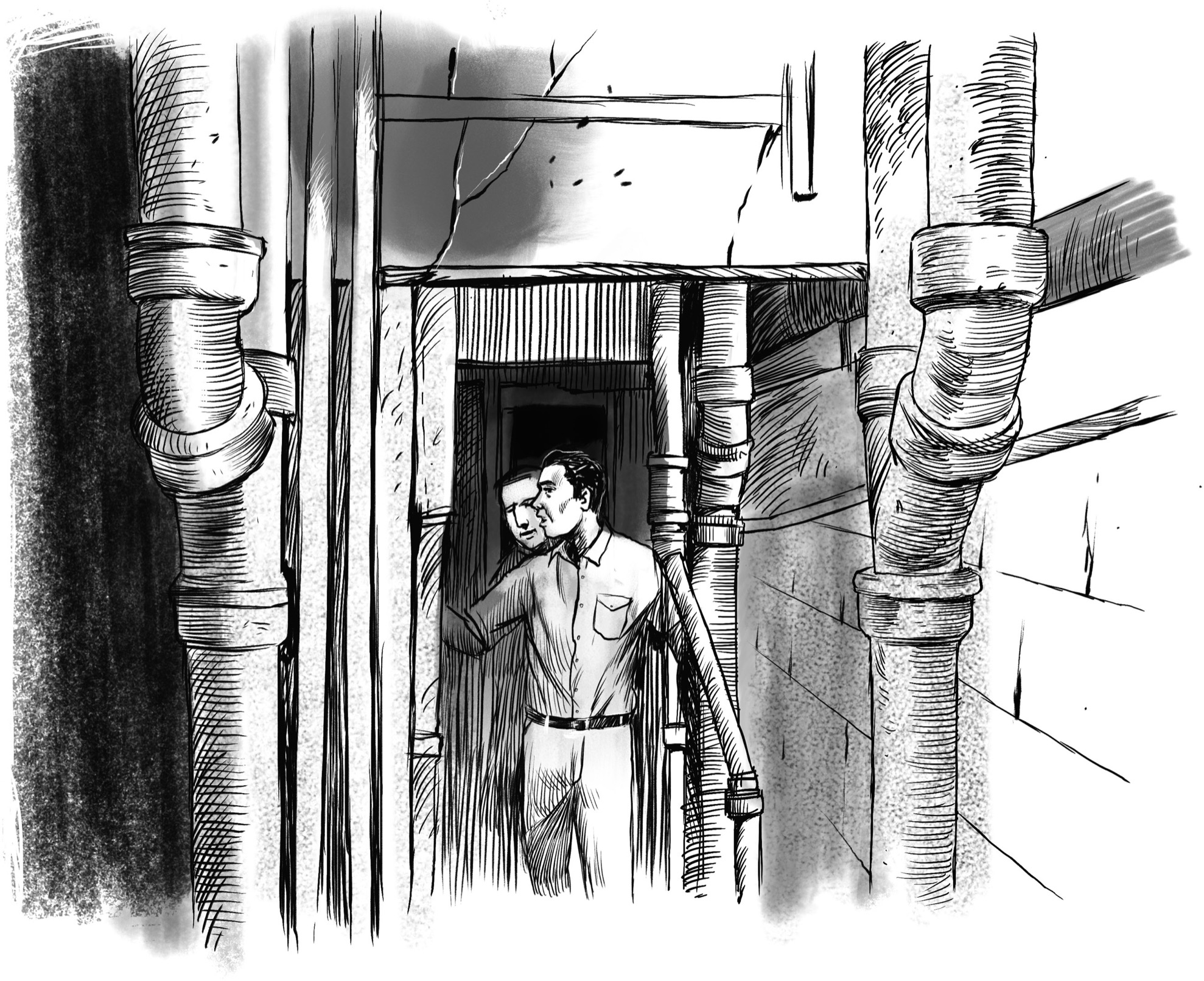PENGUIN WORKSHOP
Penguin Young Readers Group
An Imprint of Penguin Random House LLC

Penguin supports copyright. Copyright fuels creativity, encourages diverse voices, promotes free speech, and creates a vibrant culture. Thank you for buying an authorized edition of this book and for complying with copyright laws by not reproducing, scanning, or distributing any part of it in any form without permission. You are supporting writers and allowing Penguin to continue to publish books for every reader.
Text and cover illustrations copyright 2017 by Penguin Random House LLC. Interior illustrations copyright 2014, 2015, 2016 by Penguin Random House LLC. Published by Penguin Workshop, an imprint of Penguin Random House LLC, 345 Hudson Street, New York, New York 10014. PENGUIN and PENGUIN WORKSHOP are trademarks of Penguin Books Ltd. WHO HQ & Design is a registered trademark of Penguin Random House LLC.
Ebook ISBN 9781524787868
Version_1
Befuddled by a headline that keeps zipping across the news ticker?
Wondering whats true or false in the latest Twitter war?
Cant remember what hallowed history a holiday celebrates?
What do you want to know?
Sometimes you just need a quick primer or refresher on a certain point in order to really understand what youre reading, watching, or listening to. But research is tricky and takes time. Google something? Sure. But what if you get a bazillion hits? Which do you click and how do you know what site to trust?
Good questions need good answers from a reputable sourceand that would be us, the big-head, big thinkers deep inside WHO HQ. Weve developed these fun, single-focus e-books to answer important questions factually and fast. Well help you get a handle on essential concepts, inventive ideas, interesting people, innovative social and political movements, and breakthrough science, so youre ready to roll.
Start here...
What Is the DMZ?
Open any newspaper, news site, or news feed today and youll find something about the Korean Peninsula.
Whether its North Korea threatening nuclear attacks or political feuds in South Korea, the tensions are high. And at the center of it all? The Demilitarized Zone (DMZ), a 150-mile-long, two-and-a-half-mile-wide strip of land cutting across the peninsula, separating the Democratic Peoples Republic of Korea (North Korea) and the Republic of Korea (South Korea).
Its main function is that of a buffer zone between the vastly different countries and a meeting point for leaders. Its considered one of the most dangerous places in the world, with a history of violence, kidnappings, and secrecy between the North and South. Anyone trying to cross to the other side of the DMZ runs the very real risk of being questioned, captured, or killed by land mines.
So, as always with long-held rivals and threats of war, the question is: How did all this start?
Military Rule
In 1910, Korea became a colony of Japan. The country spent the next thirty-five years under military rule, lasting until the end of World War II in 1945. With Japans defeat, Korea was put in a trusteeship where the United States, Great Britain, China, and the USSR temporarily governed the country until it could manage its own affairs and be free. However, 1947 brought the beginning of the Cold War. The United States put troops in the South, while Soviet troops set up camp in the North. Korea was a staging ground for the political tensions that followed.
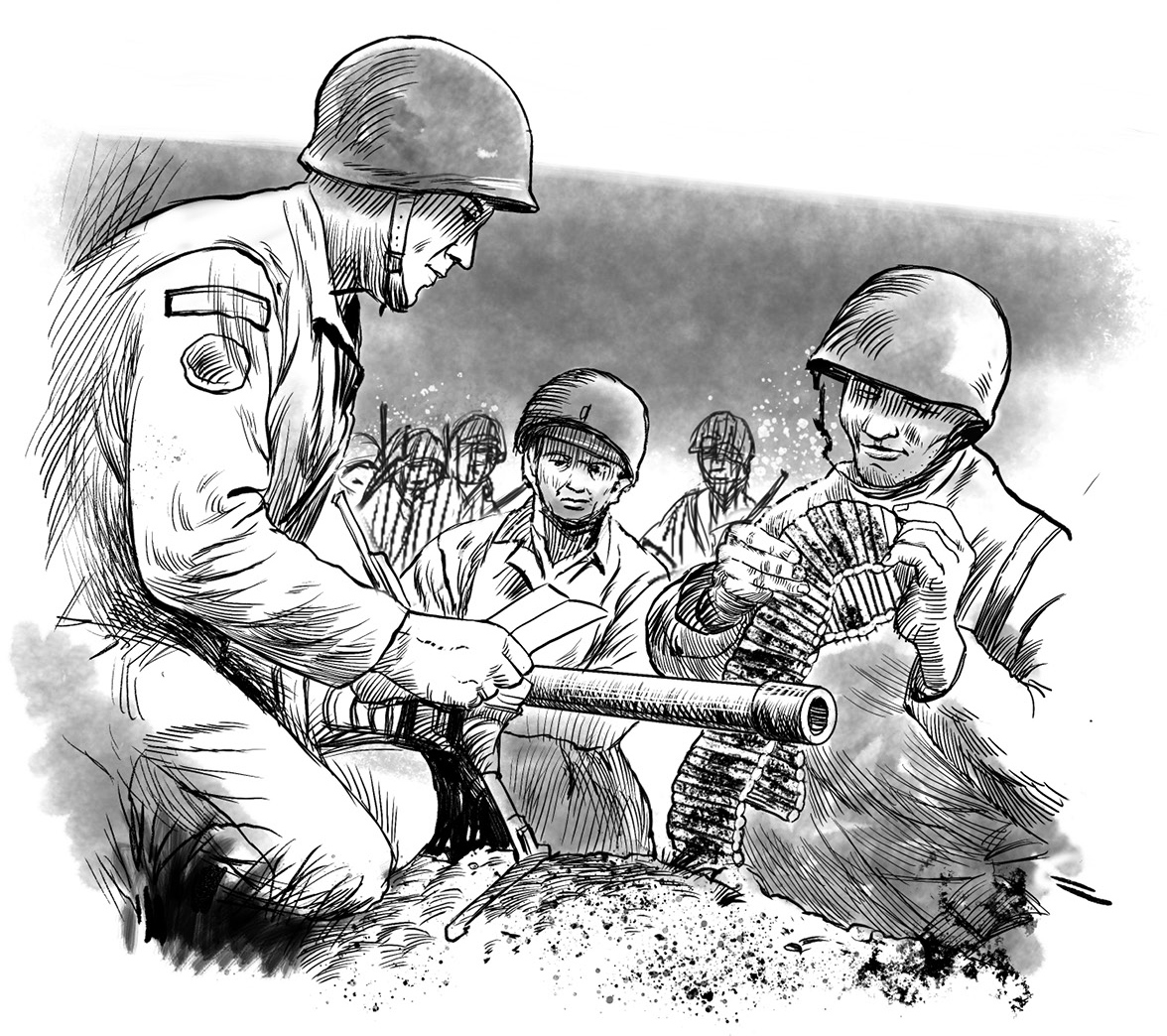
Soviet leader Joseph Stalin installed Kim Il-sung as the leader of North Korea, while the UN General Assembly held sanctioned elections in the South. Naturally, tensions began to build between the two governments and their powerful allies, leading to the start of the Korean War in 1950. The war stretched on for three years, resulting in the loss of 2.5 million lives. On July 27, 1953, an armistice (or truce) was signed at what became the DMZ.
Today, Kim Il-sung is known as Heavenly Leader, while his grandson Kim Jong-un now leads North Korea. The country stays isolated from the international community, except for China and recent ties with Russia. It puts most of its money toward the military and the pursuit of amassing nuclear weapons while food remains scarce. South Korea has had its own political problems, with military uprisings and martial law being ordered, but the 1980s brought a return to democracyit hosted the Olympics in 1988 and is a big influence in the field of technology.
The Layout
So, now that you have the background, lets dig into the details. The DMZ is made up of these three main areas:
- Military Demarcation Line (MDL): At the center of the DMZ, this 154-mile hard division between the North and South is sometimes referred to as the armistice line.
- Joint Security Area (JSA): Located in the village of Panmunjom, this is where North and South Korean forces stand face-to-face. Its the site of negotiations.
- Civilian Control Line (CCL): In order to prevent civilians from getting caught in cross fire or seeing classified information, this line was created in 1954. It is typically as far as tourists are permitted to go.
All these areas are heavily guarded on both sides by each countrys most physically impressive men. The South Korean guards must stand at least five feet eight, two inches taller than the height of an average man in the country. They also must have a black belt in martial arts.
The American soldiers assigned to Panmunjom are chosen for their strength as wellthey are all at least six feet tall. The North Korean guards are some of the best-fed individuals in their country, despite the nation being so close to famine.
When Two Countries Disagree with Each Other Very, Very Much...
With such a distinct line dividing North and South Korea, theres bound to be some sharp tension at the site. The most well-known act of violence came in 1976, when two American officers were killed by North Korean forces while the Americans were cutting down a tree.
The South has also discovered four secret tunnels under the DMZ.
The North claimed they were for coal mining, but there was no coal discovered in the tunnelsin fact, the walls had been painted black to look like coal. The first tunnel was discovered in 1974, followed by others in 1975, 1978, and 1990. Some tunnels have been sealed with concrete, but the third tunnel is now a tourist site. No one knows if there are more that have yet to be discovered.


